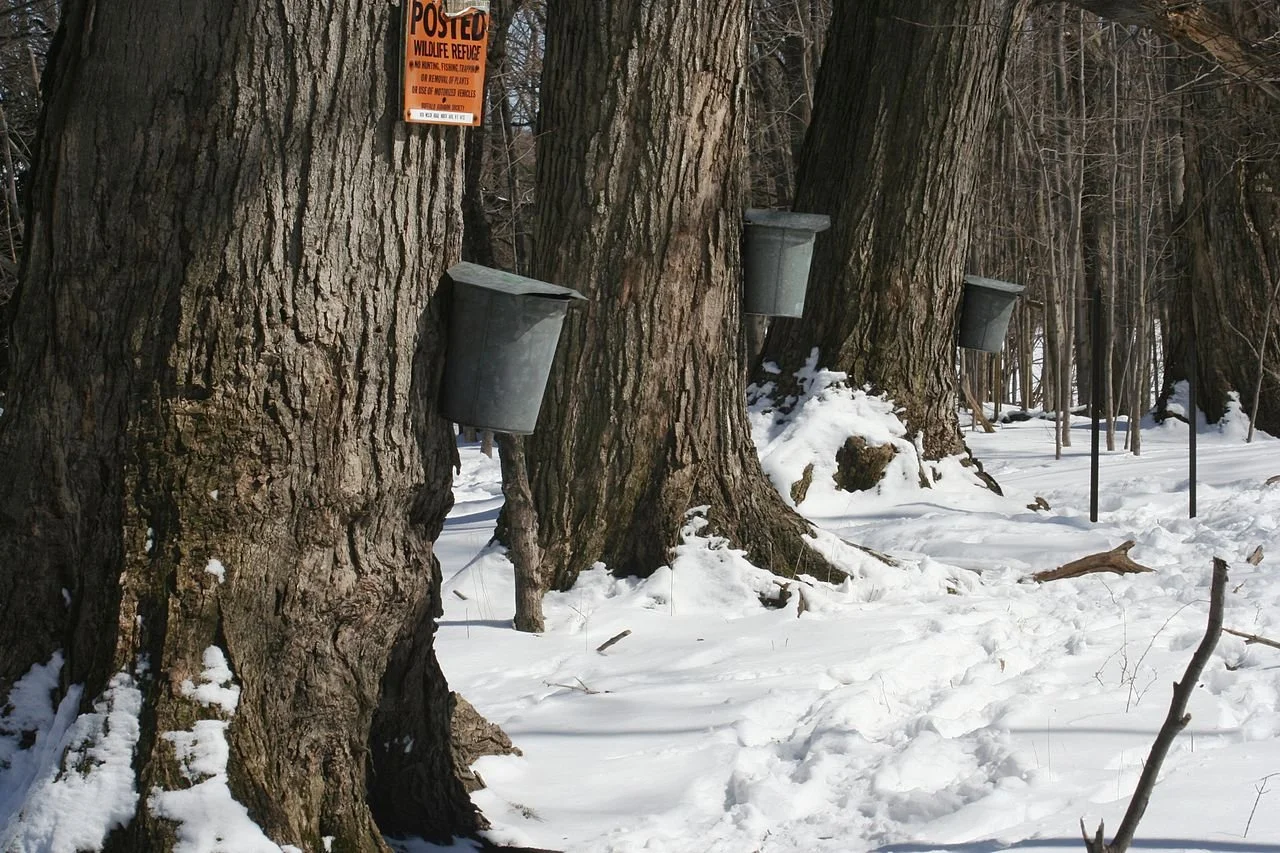Learn about identifying plants by family and why that's useful for developing your foraging practice! This video covers the mustard family and specifically discusses garlic mustard (Alliaria petiolata) and hoary alyssum (Berteroa incana).
Read MoreLearn about wild edible herbs for your kitchen! These common plants are a great addition to many foods.
Read MoreI remember when I first started foraging twenty years ago, I initially focused on plentiful and weedy wild greens. I think this is the case for many new foragers—we look at what’s around us and what’s familiar as a starting point. For many people, this includes plants like dandelion, plantain, chicory, dock, and garlic mustard. These are some of the wild edibles that formed the foundation of my foraging practice, but to be honest, I was not impressed. As a city kid who grew up eating a diet largely devoid of fresh vegetables, the bitter flavor and tough or stringy texture did not sit well with me. Fortunately, I was not deterred; I learned that the palatability could be greatly improved by being choosey about the timing of the harvest, the parts picked, the habitat, and the preparation methods.
Read MoreHackberries (Celtis occidentalis) are native to eastern & central US and Canada, and they are commonly planted in parks, yards, boulevards, and other urban areas. They have a tasty fruit, which is easiest to harvest during the winter months. Learn how to enjoy them in this video!
Read MoreSay the word “hemlock” and people’s faces immediately pale as they think of deadly poisonous species like poison hemlock (Conium maculatum) and water hemlock (Cicuta maculata). But what about eastern hemlock (Tsuga canadensis)? You might assume it’s poisonous because of the name, but it’s actually an edible evergreen tree that’s not even related to poisonous hemlocks! So read on to learn more about this beautiful tree, and then get ready to horrify friends and family when you tell them you eat hemlock!
Read MorePeople don’t often think of maple trees as wild edibles, but I beg to differ! Maple syrup and related goods are one of the most commercially available wild food products in North America, probably the most commercially available. But just because it’s readily found at a store doesn’t mean that its origins aren’t wild. While maple syrup from any source is delicious, learning to tap trees is a highly rewarding seasonal activity, and I encourage you to try it!
Read MoreIdentifying plants is typically easiest when the flowers are blooming, but with practice, you can identify plants any time of year—even in the winter! Truth be told, I really enjoy winter plant identification, and think there are lots of good reasons to start doing it. For starters, it’s a fun activity that helps you get outside during this chilly season. It’s also important to the practice of foraging: both for finding winter plants to forage and to locate plants that you can return to later in the year, when they’re ready to pick.
Read MoreIn northern regions, such as where I live in Minnesota, winter can be a difficult time of year for people. The temperature drops dramatically, sunlight becomes faint, and meanwhile the landscape seems dead with everything covered in snow and ice. Fortunately, there exist many wild herbs in this region that can be strong allies during this challenging season. Below is a list of my top five! All of them are easy to find growing wild throughout eastern North America, and some of them have a much wider range. They all have multiple uses, but for the purpose of this article, I will focus on one aspect of each herb. I encourage you to follow the links if you’d like to learn more!
Read MoreAre you certain you can identify dandelion just by the leaves? Dandelion (Taraxacum spp.) is a common and well-known wild edible plant. However, the roots should be harvested when only leaves are present, which can make it difficult to tell apart from similar edible species, such as chicory, wild lettuce, and sow thistle. Watch this video to learn how to positively identify dandelion, as well as harvesting and preparation techniques.
Read MoreDo you think there's not much to forage in fall? Well think again! Fall is an abundant time of year. In this video, I go over five amazing fall foragables - and they're all common and widespread across the US!
Read More









